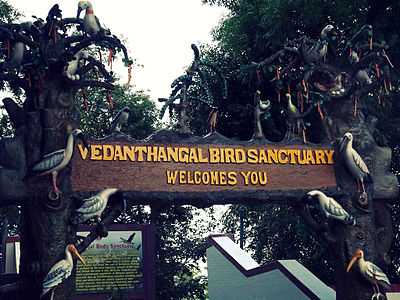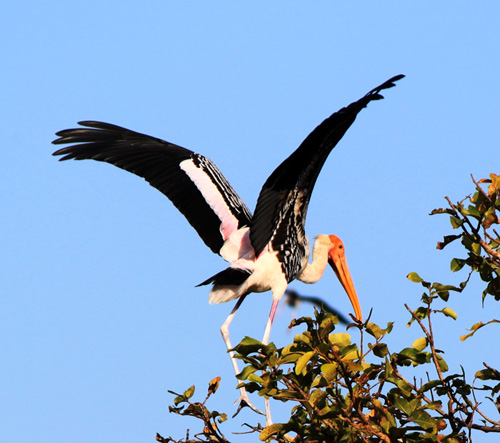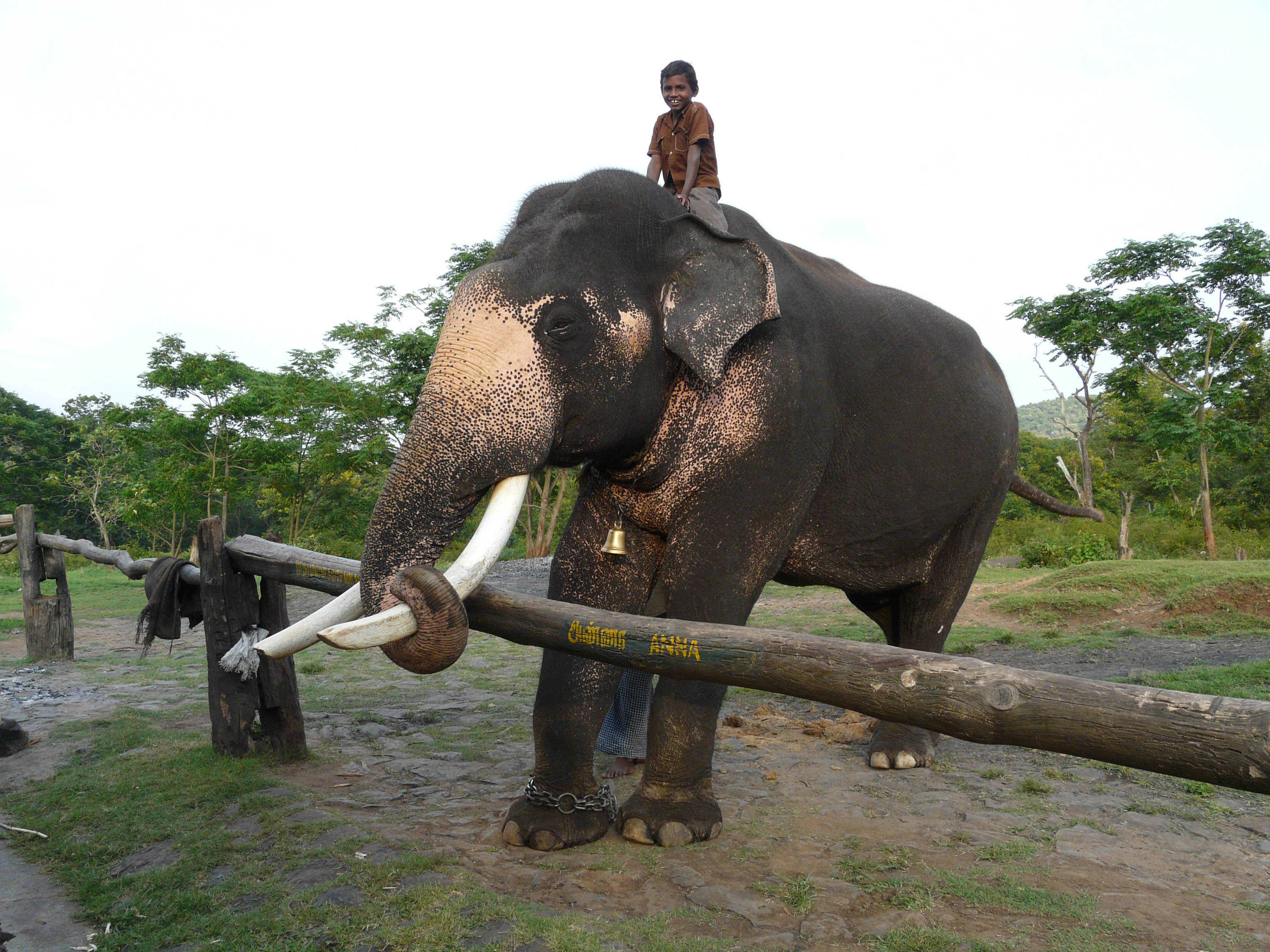Indira Gandhi (Annamalai) National Park
Indira Gandhi (Annamalai) National Park complete detail – updated. Geography of Indira Gandhi (Annamalai) National Park. Dominant flora and fauna of Indira Gandhi (Annamalai) National Park. How to Reach Indira Gandhi (Annamalai) National Park.
Total area of the Park is 117.10 Km2. The area 117.10 Km2 of Indira Gandhi Wildlife Sanctuary was declared as a National Park in the year of 1989. The park is rich in mixed deciduous forest with with fair population of rosewood and teaks. The Orang National park is the home to a wide variety of floral and faunal species.

The faunal species includes Nilgiri Langur, Giant Squirrel, Lion tailed macaque, Gaur, Elephant, Chital, Sambar, Mouse Deer, Barking Deer, Variety of Birds, Tiger, panther, Wild Dog, Nilgiri Tahr, Nilgiri Langur, Bonnet macaque etc. The bird life includes Malabar whistling thrush, Grey jungle fowl, Malabar and Great pied hornbills, Ceylon frogmouth, Malabar trogon, Red Tree Pie, Whiskered Bulbul, Spotted Dove, Black Headed Oriole, Pigeons etc. The Amaravati reservoir in the park, having a large number of crocodiles………….
National park is an area which is strictly reserved for the betterment of the wildlife & biodiversity, and where activities like developmental, forestry, poaching, hunting and grazing on cultivation are not permitted. Their boundaries are well marked and circumscribed.

Indira Gandhi (Annamalai) National Park is a beautiful place, located in the Coimbatore district of the state of Tamil Nadu. Indira Gandhi (Annamalai) National Park is a part of Indira Gandhi (Annamalai) Wildlife Sanctuary.
Annamalai derives its name (‘Anai’ meaning elephant and ‘Malai’ meaning hills) from the large number of wild elephants living in the area.
Annamalai Wildlife Sanctuary was established in the year of 1976. The Annamalai Wildlife Sanctuary was renamed as Indira Gandhi Wildlife Sanctuary in the year of 1987 (After former Indian Prime Minister Indira Gandhi who visited the Sanctuary). Total area of the Sanctuary is 841.49 Km2.


Kozhikamudhi Elephant Camp
Elephants were earlier trained and used at Anamalai for timber operations till felling of trees was stopped in 1972. The elephant camp has become a popular public attraction since 1976. There are 20 Kumki elephants at the Kozhikamudhi Elephant Camp in the IGWSNP. There are 13 tuskers (including three calves) and seven cow elephants.
In 1997, annual celebration of Elephant Pongal at Top Slip was begun. For Pongal, several decorated elephants stand in front of the Pongal pot to mark the commencement of the celebration. In 2011, Elephant Pongal was celebrated on 18 January.
On 24 February 2011 the Kumki Karthik was gored to death by two wild male elephants after it unchained itself in the camp and escaped into the forest. The elephant was in must and was in search of a female companion.
History
By the mid-1800s, large tracts of Valparai plateau in the Annamalai were under intense tea or coffee plantations after deforestation of the natural forests.
In 1855, this area came under sustainable forest management for teak plantations by the pioneering efforts Douglas Hamilton and Dr. H. F. Cleghorn of the new Tamil Nadu Forest Department. In the early 1900s, protection of the Karian Sholas was also ensured.
History of the National Park is closely linked to a very nature loving British Officer named Hugo Woods. The region had Teak plantations in plenty, and heavy deforestation of its forests severely damaged its ecological balance. Real efforts to regenerate the forests began with the coming of British forester Hugo Woods to the place in the year 1915.
Annamalai Wildlife Sanctuary was established in the year of 1976. Annamalai derives its name (‘Anai’ meaning elephant and ‘Malai’ meaning hills) from the large number of wild elephants living in the area.
The Annamalai Wildlife Sanctuary was renamed as Indira Gandhi Wildlife Sanctuary in the year of 1987 (After former Indian Prime Minister Indira Gandhi who visited the Sanctuary). Total area of the Sanctuary is 841.49 Km2.
The area 117.10 Km2 of Indira Gandhi Wildlife Sanctuary was declared as a National Park in the year of 1989.
The Steering Committee of Project Tiger granted approval in principle to inclusion of Indira Gandhi WLS and NP under Project Tiger in 2005.














